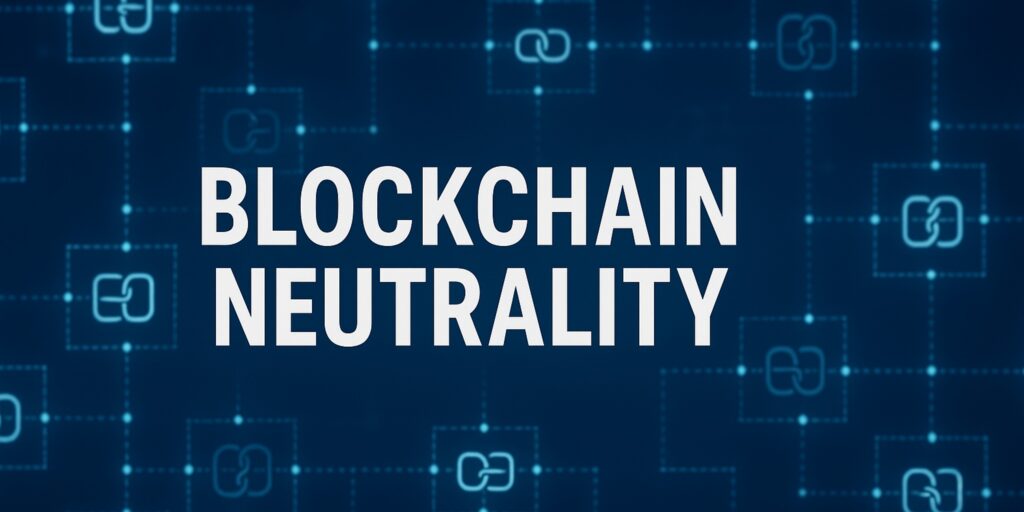
The digital landscape is once again grappling with a concept crucial to its equitable and open functioning. Just as the debate around “net neutrality” defined the guiding principles of an open internet, a new imperative is emerging within the burgeoning world of blockchain technology that we should pay attention to: “chain neutrality.” However, unlike its predecessor, chain neutrality delves deeper, reaching into the very foundational ethos and operational mechanics of decentralized systems. It asserts that any central manipulation, any compromise on the inherent decentralization, fundamentally undermines the trust and security that blockchain promises, particularly when dealing with high-value assets.
Yet the blockchain industry has increasingly become tolerant of compromise. The phrase “degrees of decentralization” is often invoked to justify half-measures. It is a rhetorical trick, a dangerous obfuscation, and a way to suggest that a system can be sufficiently decentralized for practical purposes, while quietly entrenching centralized control in its design and governance.
Certain chains, perhaps clinging to vestiges of centralized control or seeking efficiencies through compromise, present themselves as “decentralized enough.” They might boast a distributed network of validators but retain centralized control over key development decisions, upgrade mechanisms, or even access permissions. This twisting of the facts allows them to sidestep the rigorous scrutiny demanded by truly censorship-resistant and autonomously governed systems. However, when the stakes involve securing high-value assets, this nuanced interpretation of decentralization crumbles. Trust, in this context, is binary. Either a chain operates with a demonstrable and unwavering commitment to decentralization, or it doesn’t.
The time has come to flip the script. Instead of accepting the misleading notion of “degrees of decentralization,” why not focus on “degrees of centralization?” Many of these so-called decentralized chains, upon closer inspection, reveal their centralized roots. They implement the bare minimum of distributed infrastructure to create the appearance of decentralization while maintaining significant control behind the scenes. Their operations often lack the radical transparency that defines truly open and neutral blockchains, bordering on semi-private in their decision-making processes.
Who can halt the chain? Who can upgrade the software? Who controls the validator set? Who benefits from the issuance? What is being subsidized? When measured with honesty, these so-called decentralized systems are better described as semi-private blockchains with public façades. Their decentralization is a design costume, not a lived reality.
The parallel to net neutrality becomes strikingly clear. Just as the internet’s access points should treat all users equally, a truly neutral blockchain must operate with a high degree of openness at both the technical and operational levels. This openness is not merely a desirable feature; it is a mandatory condition for trust.
Ultimately, the integrity required to secure high-value assets on a blockchain demands an unwavering commitment to decentralization. There is no middle ground, no sliding scale of trustworthiness when billions of dollars are at stake. As the cliché goes, you can’t be half-pregnant. Similarly, a base-level blockchain (aka L1) cannot be “partially decentralized” and still command the full trust associated with a truly neutral and censorship-resistant platform. Chain neutrality, therefore, is not a spectrum but a fundamental principle.
Chain neutrality, like net neutrality before it, is not just a technical standard. It’s an ethical stance; a refusal to dilute the promise of decentralization for the sake of convenience or narrative control. It is a demand for infrastructure that is as open, fair, and permissionless as the ideals it claims to represent.
Blockchain was not invented to create slightly better databases controlled by slightly different gatekeepers.
To preserve that ideal, we must champion chain neutrality as the new baseline, not the ceiling.

